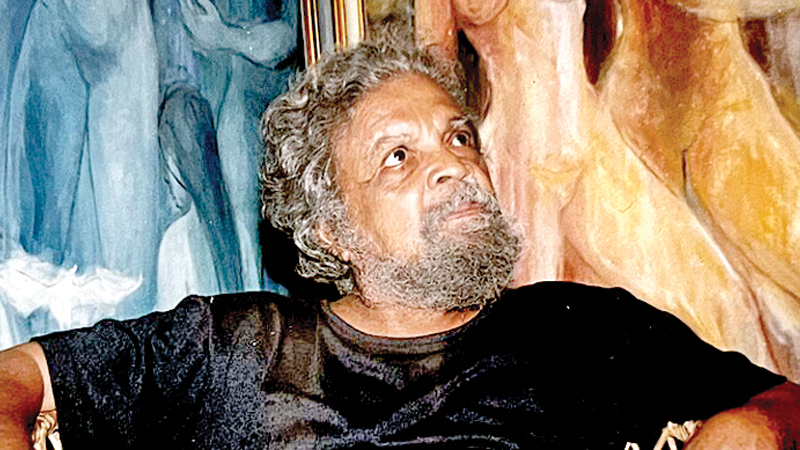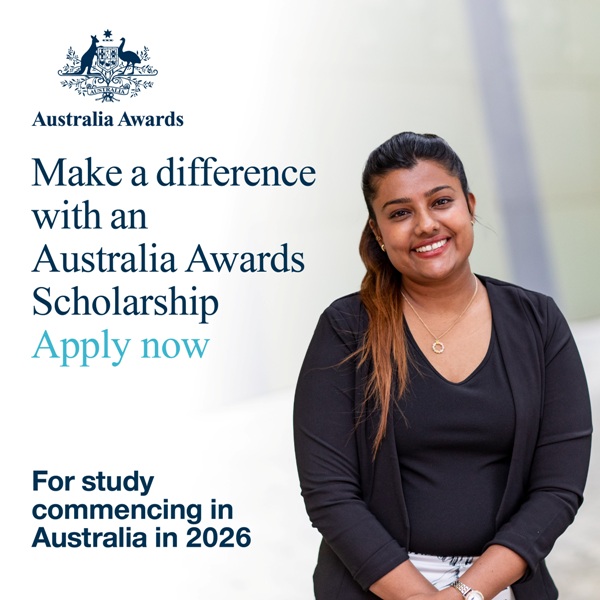The news of the passing away of the internationally renowned artist Tilake Abeysinghe reported in the Daily News on Saturday October 1, 2022 created sadness among the many who knew him and appreciated his art. At the time of his demise, he was living with his eldest daughter, a doctor of medicine in Toronto, Canada.
The parents of Tilake Abeysinghe were teachers who hailed from the Koratota village in the deep South of Sri Lanka and both of them died when their son was 10 years old. His uncles brought him up and educated him, sent him to school first to Rahula College, Matara and later to St. Sylvester’s College, Kandy. Tilake Abeysinghe, while he was a student, showed a keen interest in art and won prizes for art throughout his school career.
After completing his school education, he joined the Government service and his interest in art made him to follow art classes after his office hours. He then resigned from Government service to enter Heywood College of Fine Arts in Colombo to follow a five year course of studies.
In 1955, he won the prize for designing the Buddha Jayanthi stamp and in 1961, he was awarded a scholarship to study art at the Academia di Belle Arte di Biara in Milan, Italy under the guidance of Dominico Cantatori. He came under the influence of the world renowned sculptor Marino Marini. These two teachers inspired Tilake Abeysinghe to paint original and creative work. Tilake Abeysinghe once said, “It is pointless to produce copies of other artists’ works. Every artist should try to bring advancement as far as style was concerned. He or she may take techniques from others, but the style should ideally be unique to every artist.”
Tilake Abysinghe began painting and experimenting in art expression in cubism which led him to evolve a scenic and pure abstract forms of art. His favourite medium was oil on canvas. He pained the human figure with his unique style to give a fascinating effect. He is also a firm believer in modern art.
In his professional life as an artist spanning over seven decades, he held over 75 solo art exhibitions in Sri Lanka and abroad. His major work was a 25 foot high sculpture at the Italian Embassy in Colombo and a mural showing the Roman Emperor, receiving a trade delegation from Anuradhapura in the first century A.D.
In the foyer of the same embassy, there is also a column of carvings of a group of women with their lissome figures, adding a symmetrical composition to the embassy foyer of the building.
Among the other major works include a bronze statue of 10 foot high of Capt. C.P.J. Seneviratne at Giraduru Kotte, a statue of Dr. D. J. Kumarage at Rahula College, Matara, a bust of Pandit Jawaharlal Nehru at the Indian High Commission and the portrait paintings of Gen. Sepala Attygalla, Gen. Nalin Senviratna and the former Governor of the Central Bank W. Rasaputram.
The paintings and sculptures of Abeysinghe are original and do not bear any stamp to any other artist or sculptor.
The salient features of his art are simple and direct and they also have no titles. They came direct from his inner compulsion to create numerous paintings which he called his other children.
The training he received in Milan included art, sculpture and lithography. In 1980 and the following year, he exhibited his work at art centres in Italy, Switzerland and he established his own studio in Milan.
Thus he became one of the most sought after artists in the art world. He represented Sri Lanka in many international exhibitions and some of them at Sao Paolo, Montreal, New Delhi, Bangladesh, Fukuoka, Pakistan, Paris, Hamburg and London.
In 1984, he was made a Chevalier in the order of merit by the Italian Government. In the same year, he was awarded the gold medal for aesthetic art by the Lions International.
Although he lived away from Sri Lanka in the company of his eldest daughter in Toronto, he contributed a large sum of money when people in Sri Lanka were affected by the Covid-19 pandemic providing ventilators, oxygen regulators, oxygen, blood gas analysis cartridges, ICU equipment, endotracheal tubes and CU medicine.
His final exhibition was held in Toronto and its proceeds were donated to needy families including pregnant mothers, lactating mothers and children under five years in Sri Lanka. The contribution he made to the less fortunate compatriots of his country shows generosity and wellbeing which he cultivated from the teachings of the Buddha. This enabled him to live without any attachment to monetary gains or fame.









